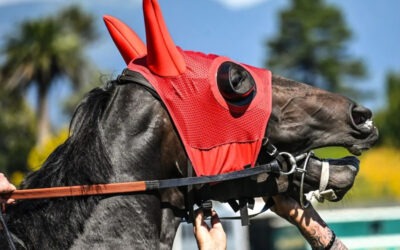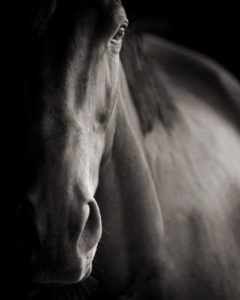EVEN HORSE RACING FANS HORRIFIED AT CHOICE OF PICTURE
DOES THIS HORSE LOOK COMFORTABLE TO YOU?
Recently we were shocked to see the picture below published in a wide variety of publications in Australia INCLUDING but not limited to… NEWS.com.au | Herald Sun and on a racing industry website Punters.
A SAMPLING OF COMMENTS FROM PUNTERS AKA HORSE RACING FANS




YOU CAN FIND WHAT WE’VE WRITTEN PREVIOUSLY ABOUT TONGUE TIES HERE…
“… HIS TONGUE BECOMING NECROTIC AND REQUIRING PARTIAL AMPUTATION.”
BARBARIC TONGUE TIES RAMPANT
TARANAKI ANIMAL SAVE DOCUMENTS ABUSEPhotos this page courtesy of Taranaki Animal Save.March 24, 2023 Taranaki Animal Save posts: "When we bear witness at the races, we do so from outside the perimeter fence at the beginning of the 1200m and 1400m races. We are banned...
TONGUE-TIE STUDY RESULTS
As reported by HORSETALK.co.nz a pilot study on the use of tongue ties in racing shows there can be complications from the use of tongue-ties.
That concerns about the effect of tongue-ties on equine welfare have led to their use being banned in equestrian disciplines under the umbrella of the International Equestrian Federation (FEI) since 2004 and, for racing in Germany since 2018.
More recently, Racing Australia banned the use of nylon stocking tongue-ties in Thoroughbred racing, although other materials are still allowed.
The Australian study reported on the results of a survey of 112 racehorse trainers exploring their reasons for the use of tongue-ties and nosebands.
The survey respondents comprised 72 Thoroughbred trainers and 40 Standardbred trainers.
About two-thirds were from Australia and 13.4% from New Zealand, with others from Sweden, Britain, the United States and a range of other countries.
Researchers in the University of Sydney study also investigated the reported effectiveness of tongue-ties and possible complications from their use.
The length of time the tongue-ties were used also influenced the risk of complications.
The likelihood increased with every minute of reported use, and nine minutes of use doubled the odds of the trainers reporting a complication.
Tightness was a risk factor for physical problems. Checking tongue-tie tightness by noting the tongue as not moving was associated with increased reporting of physical complications.
The educated guess would be, before after and during – right?
Would it be safe to assume that the poor horse had it on longer than 9 minutes?
AND does that tongue-tie not look tight to you?
Go back and read the comments from racing fans where one is even concerned about how tight the trainer is holding the reins/bit – let alone the tongue tie.
The Horse Talk coverage of the study continues…
Tightness was a risk factor for physical problems. Checking tongue-tie tightness by noting the tongue as not moving was associated with increased reporting of physical complications.
Discussing their findings, the researchers said the potential physical and psychological harm that tongue-ties can inflict on horses is of concern from a welfare perspective.
“Previous research has found tongue-ties have a significant negative effect on a horse’s physiological and behavioural state.
#MOHM NEEDS YOUR HELP!
We’ve been threatened by those in the horse racing industry and those who benefit from horse slaughter more times than we can count.
But we are not going away.
We are going to persist until horse slaughter no longer exists for any purpose within Australia -- and until the horse racing industry makes drastic changes.
We are going to continue our hands-on work to offer lifelong sanctuary to as many horses as possible. We generally have 20 at just one of our locations - at any given time.
We have the acreage to take on more horses as financial support allows.
HORSE RACING CEO IGNORES VETERINARIANS
10 YEAR STUDY IGNORED BY RACING INDUSTRYPeter V’landys is once again trying to pass himself off as someone who is a defender and protector of horses.WHO IS PETER V'LANDYS?Peter V’landys is an Australian horse racing and rugby league administrator. He is the chief...
CPR RACEHORSE DEATHWATCH
CPR DEATHWATCH REPORT 2024The Deathwatch report, meticulously compiled each year by the Coalition for the Protection of Racehorses (CPR), shines a stark light on the tragedies inherent in horse racing. While the racing industry often cites statistics to highlight...












